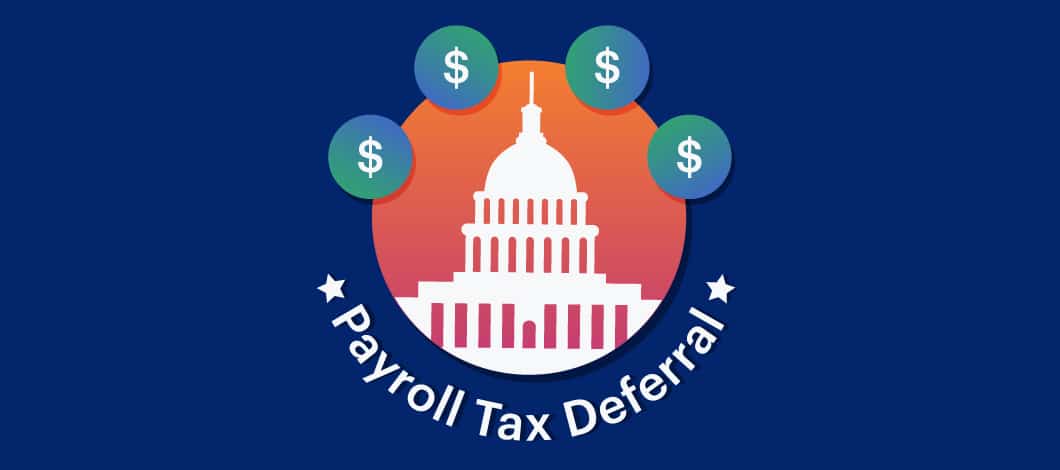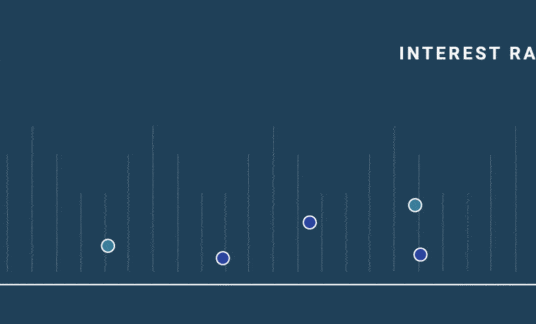In early August, President Trump signed a payroll tax deferral memorandum titled “Deferring Payroll Tax Obligations in Light of the Ongoing COVID-19 Disaster.”
Although the directive has been met with some controversy and a lack of interest from many employers, the concept is similar to the tax filing extension granted for economic relief from the coronavirus pandemic: Push back the date when payments and filings are due.
Specifically, employers can defer select worker Social Security tax withholdings and payments for the last 4 months of the 2020 year.
Here’s what you need to know about the deferral of employee payroll taxes.
What Are the Details of the Payroll Tax Deferral?
The Internal Revenue Service (IRS) recently posted guidance on the deferral for employers.
- The amount eligible for deferral is 6.2% of the employee’s paycheck, which is the employee portion of Social Security tax.
- This temporary suspension of employee payroll taxes will be in effect from Sept. 1, 2020, through Dec. 31, 2020.
- The deferral is only applicable for employees who earn less than $4,000 biweekly or $104,000 annually before taxes. It doesn’t apply to employees who earn more.
- Federal employees meeting the income requirements will be required to participate, and the deferral for federal civilian workers takes effect on the pay period ending Sept. 12.
- Military personnel in all branches with basic pay of less than $8,666.66 a month will be automatically enrolled starting Sept. 15.
- According to the Defense Finance Accounting Service, federal civilian employees or military personnel who leave service will be required to pay the funds deferred, absent of payroll tax cut legislation forgiving the deferral.
- The retired and unemployed aren’t eligible for payroll tax deferrals.
What Does This Mean for Business Owners?
- With the exception of federal government offices, employers aren’t required to participate.
- Currently, there seem to be no penalties for organizations that choose to opt out.
- To date, Social Security taxes for the self-employed not covered under the CARES Act are excluded from the order.
- At the moment, there is no guidance as to how a qualifying employee’s eligible payroll taxes will be collected and submitted to the IRS if the worker leaves the employer before the April 30, 2021 deadline (e.g., seasonal employees, employees who resign).
What Does It Mean for Employees?
- If your company isn’t participating in the payroll tax deferral, the stipulations of the presidential order won’t apply to you.
- Workers who qualify and whose employers are participating in the payroll tax holiday could see a slight increase in paychecks through the year’s end. This is because your regular payroll taxes won’t be deducted from your paycheck during the deferral period. That said, if you’re able to, consider saving any extra money you see in your paycheck. This could help with cash-flow issues that might arise next year when your employer begins paying the back taxes.
What Could Trump’s Suggested Payroll Tax Cut Mean in 2021?
Section 4 of Trump’s executive order states that the secretary of the treasury “shall explore avenues, including legislation, to eliminate the obligation to pay the taxes deferred….” If Congress passes such legislation to forgive the last 4 months of deferred payroll taxes in 2020, the deferred monies won’t be due.

What Happens if Payment Tax Deferrals Aren’t Forgiven?
If no payroll tax cut is passed, here’s what to expect:
For Employers
- If payroll tax cut legislation isn’t enacted to forgive deferred amounts, employers will be required to make up the postponed withholdings and payment between Jan. 1, 2021, and April 30, 2021.
- Late fees and penalties could apply to employers who are unable to pay the deferred taxes by April 30, 2021.
For Employees
- If no permanent payroll tax cut is approved, qualifying employees will experience reduced paychecks early next year. This is because regular payroll taxes will go into effect again and will be concurrent with repayment of the deferred payroll tax amounts due between January and April 2021.
- Currently, qualifying workers won’t be assessed penalties or late fees for the amount of their payroll taxes deferred.
The Final Word on the Payroll Tax Deferral
In light of the economic impact felt from the coronavirus pandemic, the idea of a 6.2% increase in pay seems like it could benefit workers in the short term. However, some employers are wary of moving forward with the deferral only to have their employees’ paychecks cut next year if no payroll tax cut is passed.
According to Politico, “It will take a while for payroll processors to set things up, and even then, many employers probably won’t participate.”
The article, “5 things to know about Trump’s order on payroll taxes,” went on to say that “Economists generally agree more needs to be done in the wake of the virus outbreak, but lawmakers are nowhere close to an agreement.”











